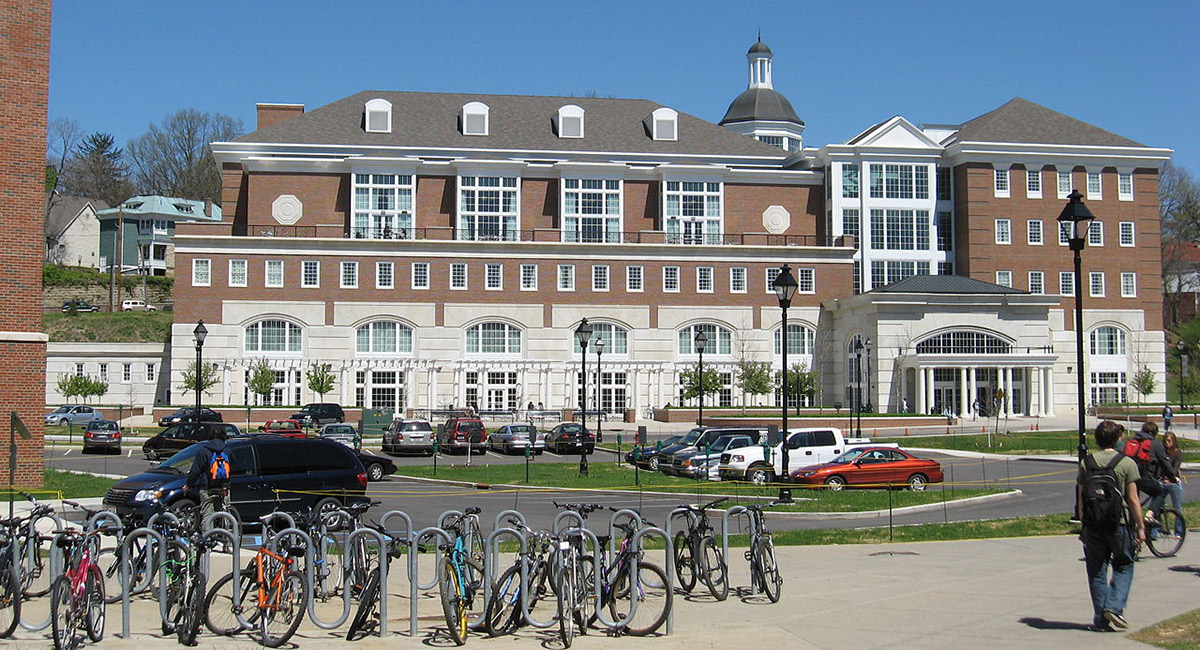My first published analysis of some dimension of higher education occurred during the administration of John F. Kennedy. 11 men have been U.S. president since. The pace of my commentary on higher education rose to new heights in 2018 when I began to write five or more blogs monthly for Forbes. As with nearly everything, though, diminishing returns are setting in—it is increasingly difficult for me to formulate thoughtful new insights on America’s colleges every few days. So Forbes and I have amiably agreed to stop this regular writing arrangement.
Let me make some observations on how higher education has changed since my initial involvement in it as a student well over six decades ago.
First, higher education has gone from being a wildly popular and rapidly growing sector of the economy to being one perceived as stagnant or declining, with sharply diminished public support. Around 1960, politicians won votes by promising to expand state universities and increase their funding; that is rarely the case today. In the 1960s, the proportion of Americans in college doubled; in the last decade, it declined.
Second, the non-teaching dimensions of higher education have become relatively more important. Look at research. Teaching loads fell sharply and publication expectations grew sharply after 1960. In recent years, this trend peaked, and there is growing realization that diminishing returns are quite present in research endeavors. Teaching loads are creeping up again at some schools.
Third, we expect less of our college kids, but try to reward them more. Research suggests college kids on average spend one-third less time on studies than in 1960, but earn much higher grades. It is a case of learning less, albeit at a much higher cost than in the 1960s.
Fourth, as Johns Hopkins’ Ben Ginsberg chronicled beautifully a decade or so ago, faculty power and control at universities has waned dramatically. The notion that diversity and inclusion bureaucrats would influence considerably the composition of faculty search committees, common today, was completely unheard of a few decades ago. Administrators run universities today and, generally speaking, faculty are treated as hired hands, not the very heart of the university enterprise. To be sure, there are many variations on this, and the faculty at, say, Harvard no doubt still have a lot of clout relative to, say, the faculty at Slippery Rock State U. Contributing to the demise in faculty control: a sharp decline in the proportion of teaching done by tenured faculty.
Fifth, two non-instructional dimensions of higher education have grown exceptionally: medical schools and the hospital/research operations associated with them are as much as one-half the budget at dozens of important American universities. Also, intercollegiate athletics has grown in financial importance, often becoming an increasing burden on university budgets.
Sixth, there is a growing sense of institutional inequality in higher education. The rich get richer, the poor get poorer. That has manifested itself in a massive flight to quality, with prestigious selective private elite universities growing in wealth and enrollment while mid to lower quality schools are struggling to attract students and pay their bills.
Seventh, there have been some technological advances in higher education, notably electronic aided learning manifested in on-line instruction. Yet college remains still not dramatically different in terms of delivery than it was when I was in college.
Eighth, college has become vastly more costly. Despite rising living standards, the financing of a college education has become a huge problem, witness a huge student loan indebtedness problem. A big dimension of this: the large increase in the federal role and attempts to control higher education, reducing its decentralized character.
Yet there are things that have not happened, contrary to some predictions. For example, collective bargaining grew a good deal in the 1960s and 1970s, but the move towards unionization has slowed dramatically.
I wish to thank some super people at Forbes, most notably Susan Adams, Caroline Howard and Michael Noer. I want to thank dozens of students who not only helped directly but who have inspired me to go to the office every day even at the age of 81. I love teaching, I love research, I love universities, despite their many significant and worrisome flaws.












